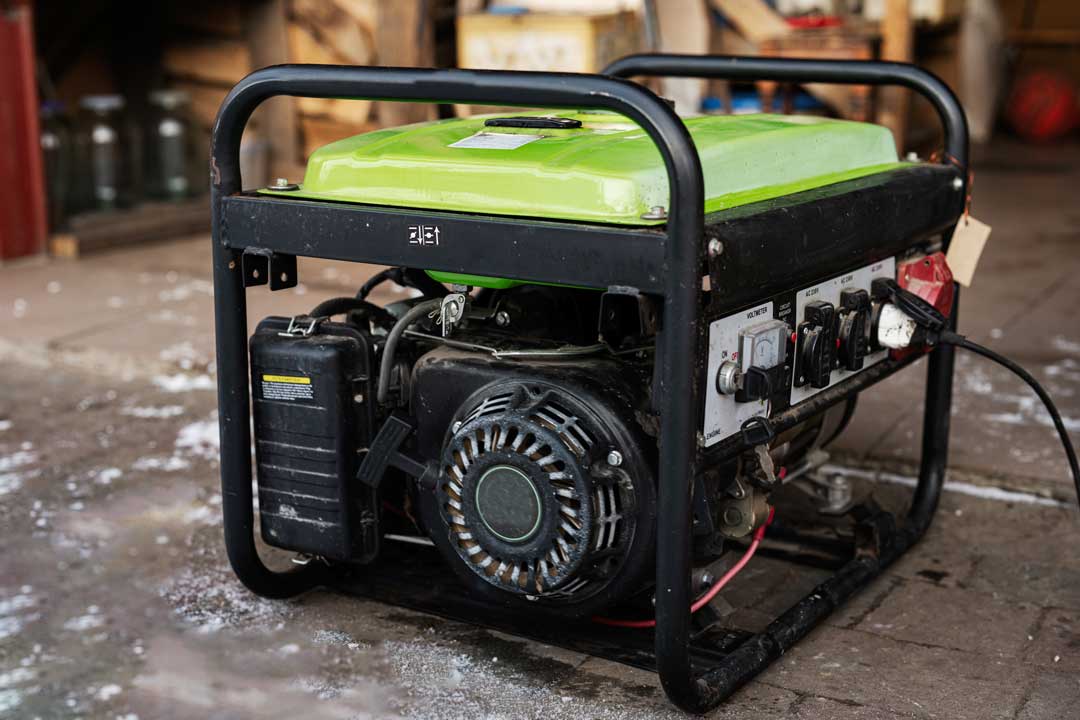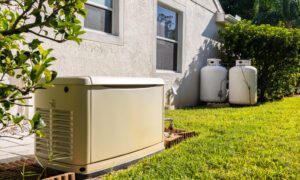With the increasing frequency of extreme weather events, ensuring that your generator is in top condition has never been more crucial. Power outages can occur unexpectedly, leaving households and businesses without electricity for extended periods. A well-maintained generator can provide the necessary backup power to keep essential systems running, from heating and cooling to medical equipment and security systems. We will explore the importance of seasonal austin generator service, detailing the steps necessary to prepare your generator for the harsh conditions that extreme weather can bring. By proactively servicing your generator, you can avoid the stress and inconvenience of unexpected power failures and ensure that your home or business remains safe and operational during any weather event.
Understanding the Importance of Seasonal Generator Maintenance
Seasonal maintenance of your generator is essential to ensure its reliability and longevity. During extreme weather conditions, generators are often subjected to prolonged use, which can cause significant wear and tear if not properly maintained. Regular servicing helps identify and rectify potential issues before they escalate into costly repairs or complete breakdowns. The first step in seasonal maintenance is a thorough inspection of the generator. This includes checking all components, such as the engine, alternator, fuel system, and battery. Look for signs of wear, corrosion, or damage that could impact the generator’s performance.
Additionally, ensure that all connections are secure and free of debris. Regular oil and filter changes are critical for keeping the engine running smoothly. Over time, oil can become contaminated with dirt and debris, reducing its effectiveness and potentially causing engine damage. Follow the manufacturer’s recommendations for oil change intervals and use the appropriate type of oil for your specific generator model. Fuel quality is another vital aspect of generator maintenance. Stale or contaminated fuel can cause starting problems and reduce the generator’s efficiency. Drain any old fuel during seasonal service and replace it with fresh fuel.
A fuel stabilizer can help prevent fuel degradation, especially if the generator is unused frequently. The cooling system should also be inspected and maintained. Ensure that the coolant levels are adequate and that the radiator and cooling fins are clean and free of obstructions. Overheating can cause significant damage to the generator’s engine, so maintaining the cooling system is crucial.
Preparing Your Generator for Different Weather Conditions
Different weather conditions pose unique challenges for generator operation. Preparing your generator for these conditions involves specific steps to ensure optimal performance. In cold weather, generators can experience starting difficulties and increased wear on components. To prepare for winter, consider installing a cold weather kit, which typically includes a battery, engine block, and oil heater. These accessories help maintain optimal temperatures for starting and running the generator in freezing conditions.
Additionally, use winter-grade oil and ensure the fuel system is moisture-free to prevent freezing. For regions prone to heavy rainfall or flooding, waterproofing measures are essential. Ensure the generator is placed on a raised platform to prevent water ingress. Use weatherproof covers or enclosures to protect the generator from direct exposure to rain and moisture. Ensure all electrical connections are sealed and waterproofed to prevent short circuits and other electrical issues. In hot weather, generators can overheat if not adequately ventilated. Ensure the generator is placed in a well-ventilated area, away from direct sunlight and heat sources. Clean the air filters regularly to maintain proper airflow and cooling. If the generator is air-cooled, ensure the cooling fins are clean and unobstructed.
For liquid-cooled generators, check the coolant levels and the condition of the radiator and hoses. Windy conditions can also pose challenges, especially if debris is blown into the generator. Regularly clean the area around the generator to remove any debris that could be sucked into the air intake or exhaust. Secure any loose objects that could be blown into the generator during high winds. In all weather conditions, having a reliable power transfer switch is crucial. This device ensures a smooth transition between the main power supply and the generator, preventing power surges and other electrical issues. Regularly test the transfer switch to ensure it functions correctly and replace it if any problems are detected.
Regular seasonal maintenance and preparation are essential for ensuring your generator can handle the demands of extreme weather. By understanding the importance of maintenance, preparing for different weather conditions, and scheduling regular inspections, you can keep your generator in top condition and ready to provide reliable backup power. Taking proactive steps now can save you from the inconvenience and potential dangers of power outages during extreme weather, giving your home or business peace of mind and security.































